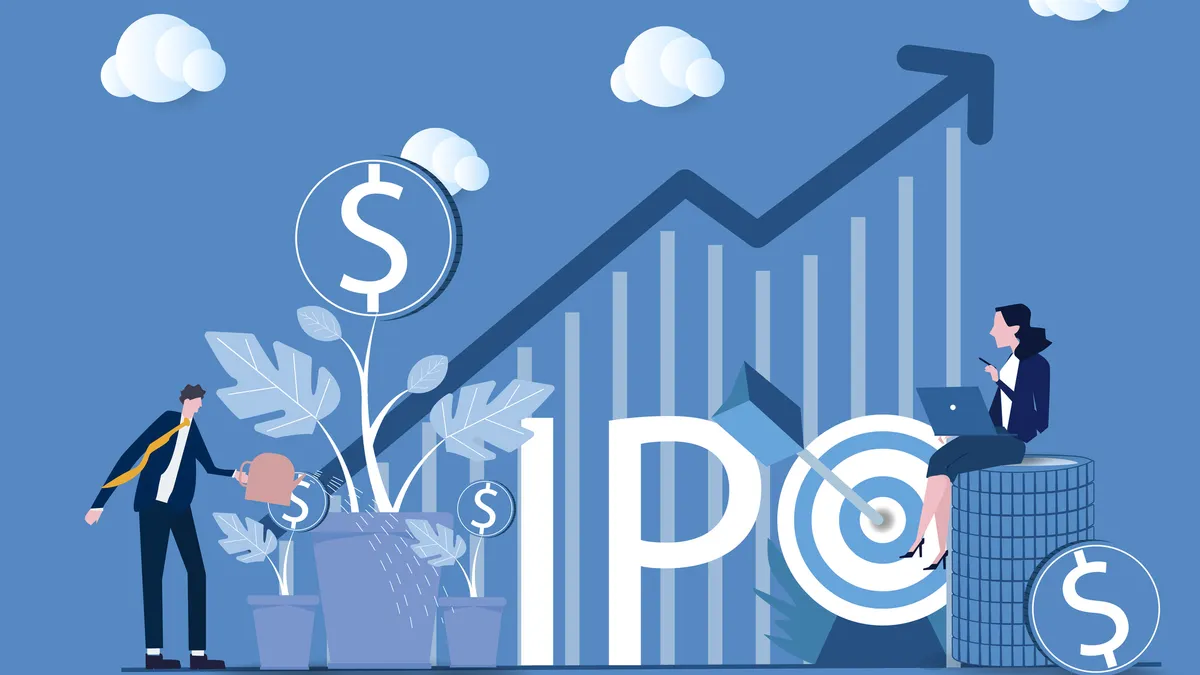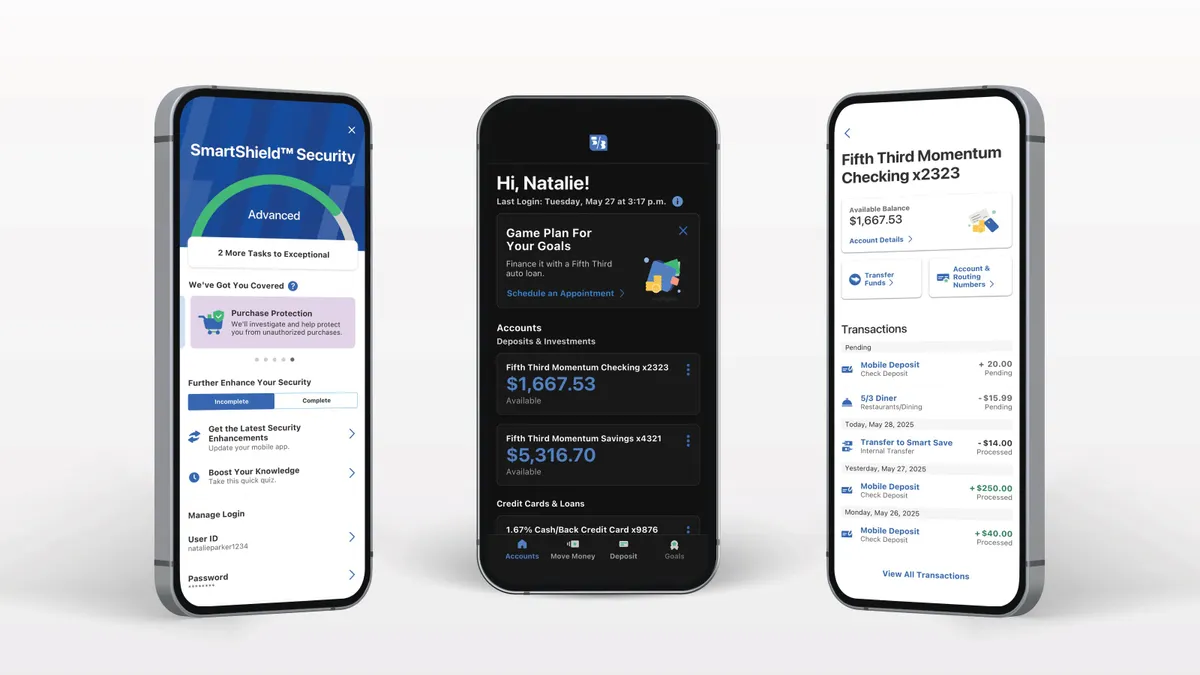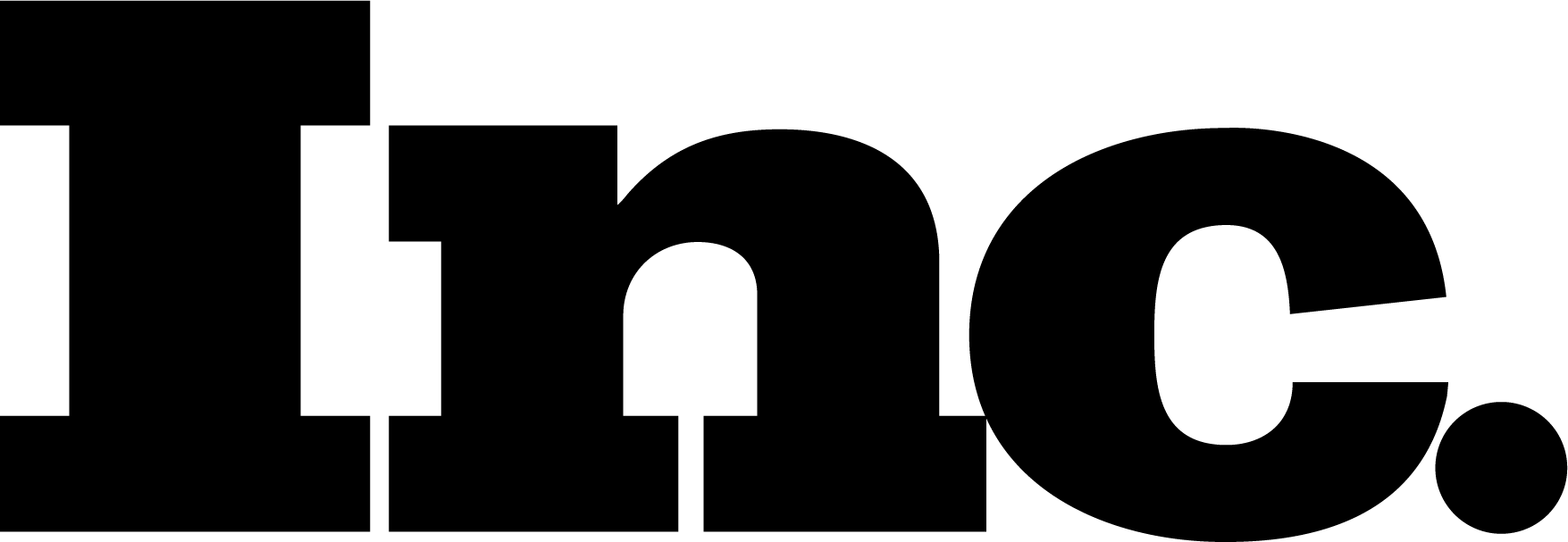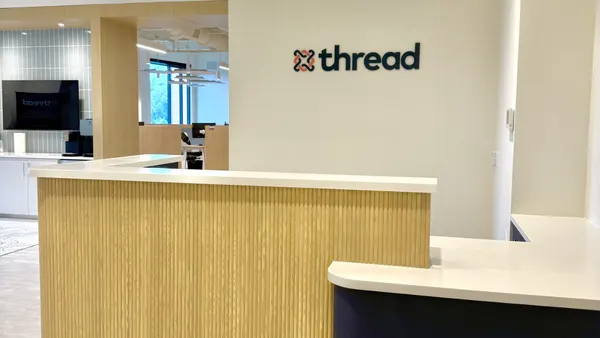Palo Alto, California-based robo-adviser Wealthfront filed paperwork for its initial public offering last week, nearly three years after mutually abandoning a merger into Swiss bank UBS.
The number of shares Wealthfront will offer, and the price range for the proposed offering, have not yet been determined.
The firm follows several other fintechs on the quest to go public this year, including investment fintech eToro, neobank Chime and stablecoin issuer Circle, which all began trading in recent weeks.
It’s a leap that only a handful have taken since the downturn of the fintech market in 2021, and one that has thus far been successful for 2025’s market entrants: eToro, Chime and Circle all debuted above their IPO price, and remain above it as of Wednesday.
Circle, in particular, was trading Wednesday afternoon around $177 after debuting on the New York Stock Exchange at $69 on June 5.
“From zero to here, it's amazing,” said Chuckie Reddy, head of growth at fintech investment firm QED, on mid-2025’s steady stream of fintech IPO announcements. QED is not a Wealthfront investor.
“If you go back to 2018-2019, when things are a little bit more normalized, we're probably actually seeing elevated activity from a fintech perspective. The reason for that is, number one, there were less fintech companies around that were of size, and two, there's been a little bit of pent-up demand.”
The activity, Reddy said, is “something we've been hoping for and predicting for quite some time.”
“It's really beneficial to the overall ecosystem, and it comes in a number of different ways. One is demonstrating liquidity for the fintech sector, particularly the venture capital universe of venture funded companies,” he said.
In February, QED founder Nigel Morris – who also co-founded Capital One – predicted the first half of 2025 would see “a whole generation” of fintech IPOs, or at least IPO-readiness.
Despite the year’s uptick from the previous three years – between 2022 and the first part of this year, just 13 fintechs filed to go public, compared to 61 in 2021 alone – Reddy doesn’t feel like we’re at “some peak moment” or in IPO “mania.”
“I would actually say that this is kind of a healthy release – issuances that may have hit the market in past years, but the market conditions and the company conditions and the timing [wasn’t] right. It’s less of a trend, per se, [and instead] a return to normal,” Reddy said.
Wealthfront declined to comment beyond its press release, and none of the investors that had led Wealthfront’s funding rounds responded to requests for comment on the firm’s IPO.













